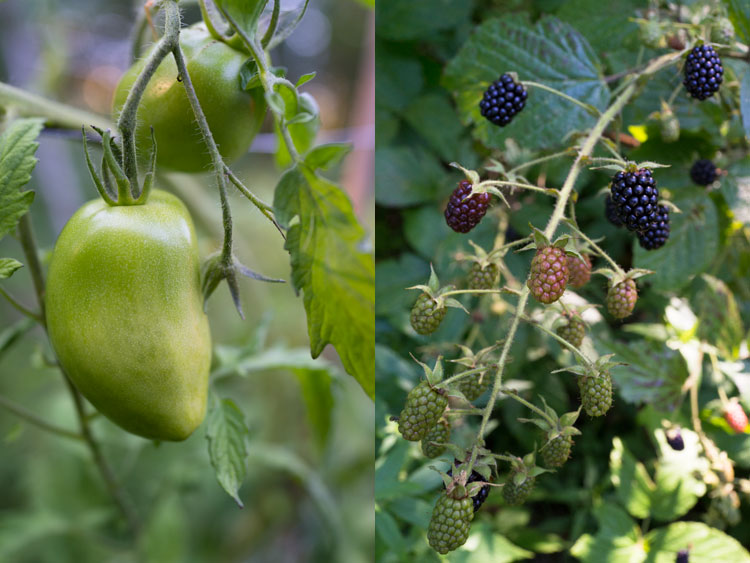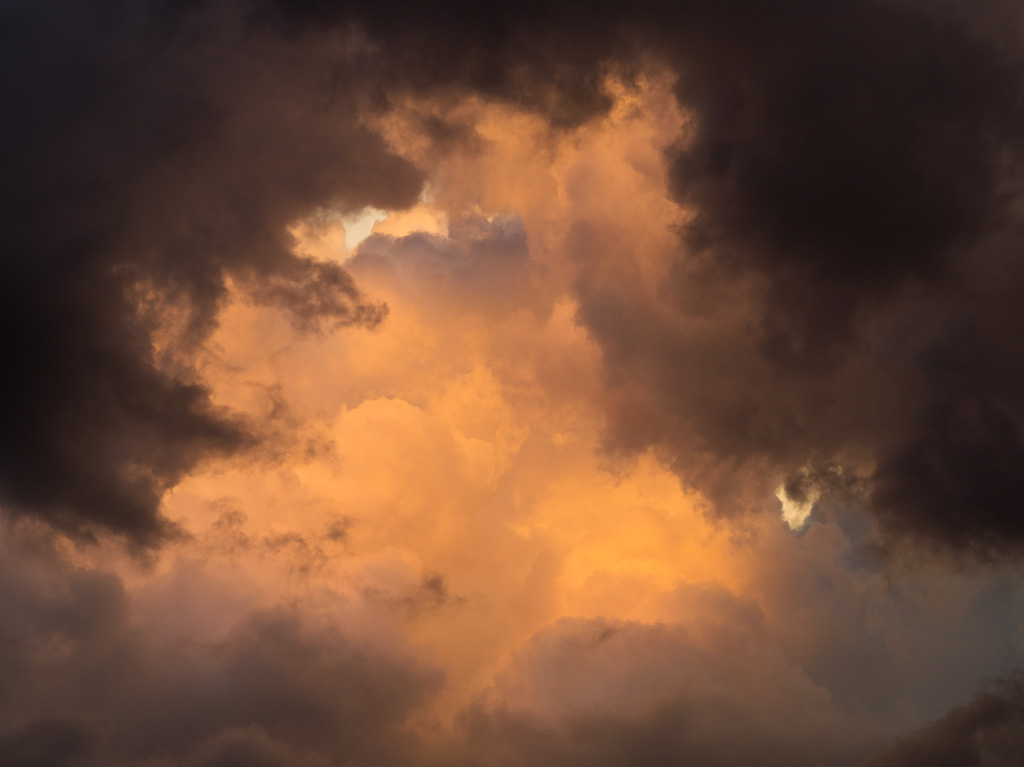 Naomi and I moved to Maine in 2006. We soon settled in a small cape on four and a half acres of land. Part of our property is a small field that was dutifully cut every year. We stopped that practice and let the field chose its own destiny. It was not long before it was populated with all kinds of plants. Goldenrod is the most prolific and, at this time of year, has traded its gold for silver.
Naomi and I moved to Maine in 2006. We soon settled in a small cape on four and a half acres of land. Part of our property is a small field that was dutifully cut every year. We stopped that practice and let the field chose its own destiny. It was not long before it was populated with all kinds of plants. Goldenrod is the most prolific and, at this time of year, has traded its gold for silver.
Category Archives: Life at Home
Mutsu—Apples of Maine
 Mutsu is a beautiful yellow apple that can develop a red blush. The variety is thought to have originated in Japan. If you have had Asian or Japanese pears, then this apple is going remind you of those. It is large with a finely textured skin and a satisfying crispness when you bite into one. The flavor is complex—it takes some time to realize its character. Sweet, yes, but also tangy.
Mutsu is a beautiful yellow apple that can develop a red blush. The variety is thought to have originated in Japan. If you have had Asian or Japanese pears, then this apple is going remind you of those. It is large with a finely textured skin and a satisfying crispness when you bite into one. The flavor is complex—it takes some time to realize its character. Sweet, yes, but also tangy.
Winter Banana—Apples of Maine
 Winter Banana is one of our favorite apples. It is a large fruit with a smooth waxy skin. Its distinctive yellow with a bright red blush makes it quite startling at first sight. Winter Banana is a crisp apple that has a slight tart character with a banana undertone. We have used these in pies. The flavor is fine, but it does fall apart and becomes more like apple sauce than apple slices.
Winter Banana is one of our favorite apples. It is a large fruit with a smooth waxy skin. Its distinctive yellow with a bright red blush makes it quite startling at first sight. Winter Banana is a crisp apple that has a slight tart character with a banana undertone. We have used these in pies. The flavor is fine, but it does fall apart and becomes more like apple sauce than apple slices.
Golden Russet—Apples of Maine
 The wonderful thing of living in a place with so many orchards is the variety of apples. We especially love the heirloom varieties. To me, the Golden Russet is one of the great apples. Russets are recognizable by the texture of the skin. Biting into one gives an instant reward—it is a crisp apple that has a strong earthy flavor. If you have never tasted a russet, it is hard to describe its complex character. This apple stores well and is excellent for sweet and hard ciders.
The wonderful thing of living in a place with so many orchards is the variety of apples. We especially love the heirloom varieties. To me, the Golden Russet is one of the great apples. Russets are recognizable by the texture of the skin. Biting into one gives an instant reward—it is a crisp apple that has a strong earthy flavor. If you have never tasted a russet, it is hard to describe its complex character. This apple stores well and is excellent for sweet and hard ciders.
The Fires of Late Fall, Part 2
The Fires of Late Fall
Early Fall Foliage
 Early fall is one of my favorite times in Maine. Apple season is just starting and late tomatoes are still being harvested. But the real magic is in the forests. While the deep ambers and reds of late fall are spectacular, the electric yellows and gold against the remaining green is just so vibrant, so full of life.
Early fall is one of my favorite times in Maine. Apple season is just starting and late tomatoes are still being harvested. But the real magic is in the forests. While the deep ambers and reds of late fall are spectacular, the electric yellows and gold against the remaining green is just so vibrant, so full of life.
 A note about my photography. I come from a documentary background that photographs without cropping, creating the final image in the camera. The photographs here represent what the camera saw. Except from some simple work on image contrast, nothing was added or changed digitally later. Click on the images for a larger view.
A note about my photography. I come from a documentary background that photographs without cropping, creating the final image in the camera. The photographs here represent what the camera saw. Except from some simple work on image contrast, nothing was added or changed digitally later. Click on the images for a larger view.
Garden Visitors
 The garden is winding down from the intense summer growth. Plants and animals are preparing for the end of the year, when they magically disappear into some place that sees them through the cold winters. But yet, the pace is not hectic—there is still time to slow down and smell the roses. Click on the image for a larger view.
The garden is winding down from the intense summer growth. Plants and animals are preparing for the end of the year, when they magically disappear into some place that sees them through the cold winters. But yet, the pace is not hectic—there is still time to slow down and smell the roses. Click on the image for a larger view.
Late Summer Storm
Maine Summer Harvest
 This time of year, when our harvest comes in, is a real blessing. Even with the cold, wet summer that has kept our tomatoes from being a nice ripe red, we still feel very grateful for the bounty.
This time of year, when our harvest comes in, is a real blessing. Even with the cold, wet summer that has kept our tomatoes from being a nice ripe red, we still feel very grateful for the bounty.
Our largest and most anticipated crop is our blackberries and black raspberries. For three to four weeks, we will collect three to four pounds of berries every other evening. The scars and wounds the thorns leave on my arms are a small price to pay for this fruit. Not only will this provide fresh food for our breakfast and dinner table for the month, we will freeze a good portion which will last well into the new year.
The amazing thing about blackberries, beyond the terrific yields, is the carefree nature of the plant. They do as well in the shade of our forest as under the bright sun in our field. They are not fussy about soil type. They can dry out under the sun, but once they establish a good ground cover, they can protect themselves. Our field briers provide habitat for beautiful orb-weaver spiders as well as bedding and shelter for the local deer.
But the blackberries signal for the end of this season in Maine. These plants project the wisdom of age, contrasting their explosive and impetuous growth of spring. They lead us gracefully out of the last stage of summer—their yellowing foliage on the canes anticipate that of our trees and the approaching winter.



